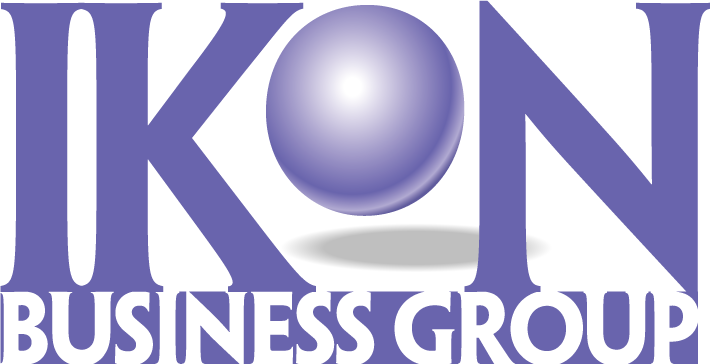Schools and districts are usually under budget for their IT needs. The best way to minimize IT expenditures and invest in technology wisely is to develop a technology roadmap. A technology roadmap is a technology plan which takes into account the school’s or district’s needs for each year. This allows the organization to plan out their E-rate and other funding sources plus allocate their budget. Here are 10 areas which should be part of your road map:
- Application Requirements – Applications and users drive the needs of the network. First, organizations should map users’ needs (Staff, Teachers, Students) to the applications used to fulfill these needs. Developing a roadmap in relation to the applications used by the organization will help determine bandwidth needs, training requirements, and network resources. Thinking through logistics such as whether or not applications will be moving from physical servers to the cloud will uncover different needs when transitions happen. Building-in criteria for applications can also be determined in the road map or technology plan. Every application used should be listed and evaluated.
- Bandwidth – Schools and districts will require more and more bandwidth due to the transition to cloud applications and increased use of computers in the classroom. Most internet contracts lock you into a two- to three-year commitment. Planning out your bandwidth needs beforeentering into a contract can save your organization a ton of money. The rule of thumb is that bandwidth costs drops ~33% each year, so schools will be better off signing two-year deals. Having your current provider provide metrics around usage during different periods can be very useful in planning bandwidth needs for the future. What we normally notice is that most bandwidth is under-utilized except at certain periods during the day in which there are heavy spikes. Adding features such as proxy servers and SD-WAN can go a long way towards managing bandwidth more efficiently.
- Wireless Infrastructure – Wireless has taken over as the “digital nervous system” of most schools and districts. A detailed wireless survey should be done every school year to determine hot and cold spots. Many providers, such as Meraki and Aerohive, offer very detailed information regarding wireless performance on their networks. Your roadmap should discuss wireless needs in relation to addressing weaknesses and retiring equipment. Too many schools allow their wireless infrastructure to become end-of-life and obsolete. IKON recommends refreshing every five years to account for new standards and speed. Quite often wireless networks are responsible for bottlenecks in relation to bandwidth.
- Servers – The trend of cloud services is making server needs obsolete. More services are being used for authentication/directory purposes versus file-sharing needs. A roadmap can help determine when certain premises-based servers will be retired. For organizations that maintain premises-based servers, planning allows you to determine the best time to upgrade or replace existing equipment. Schools often keep this equipment past their shelf-life, resulting in degraded performance and higher maintenance costs. Having a refresh schedule is vital in managing your capital expenditure with regards to server replacement.
- Storage – Centralizing storage can get costly for an educational organization. Schools often do a poor job of managing their data as storage needs increase each year. It’s essential to plan for data needs at in three-year increments at a minimum just to stay ahead of the increased costs.
- Data Backup – Data can grow anywhere from 20% to 50% per year depending on the school’s usage. Planning for this growth should be essential in your IT roadmap. The roadmap should also address any weaknesses of the current backup system as well as any necessary upgrades.
- End-User Equipment – Adopting one-to-one and one-to-many programs is a growing trend in most schools and districts. These programs can increase network usage by tenfold. It’s important for organizations to plan for the refresh and maintenance of this equipment on a regular basis. The plan should also address training of students and staff to help extend the shelf-life of these end-point devices.
- Cybersecurity – Often the elephant in the room, cybersecurity involves many moving parts, including training, assessments, monitoring, and incident responses, etc. Schools need to address all these items in their roadmap to develop a comprehensive cybersecurity program. Security awareness training for staff must be provided on a recurring basis, and a security assessment of the network must be completed at least annually. This should include assessments of the current end-point security software to determine if a change is needed based upon current incidents and new threats.
- Compliance – Compliance is a growing area among schools. In fact, more smaller schools are employing compliance officers. The school’s IT roadmap should focus on compliance needs and what technology is needed to address these needs. The two most common compliance mandates for educational organizations are CIPA(Children’s Internet Protection Act) and HIPAA (Health Insurance Portability and Accountability Act). CIPA addresses internet protection for children, and any school, district or library receiving E-rate funding must have web-filtering to protect them from inappropriate websites. HIPAA governs the protection of medical information.
- E-rate – By developing a roadmap, schools can plan out their IT spending more efficiently. With issues such as telecom being phased out and the fate of Category 2 expenditures being up in the air, organizations must get smart on how to maximize their Category 1 services. Some examples include getting a bigger pipe for bandwidth and switching from traditional telecom to VOIP and SIP. SIP services are not funded by E-rate, but the required internet circuits are covered.
In conclusion, planning three to five years allows your organization to prioritize and use money wisely to invest in technology. And don’t forget, this roadmap needs to be reviewed annually.
CONTACT US if you’re interested in creating an IT roadmap for your organization.

